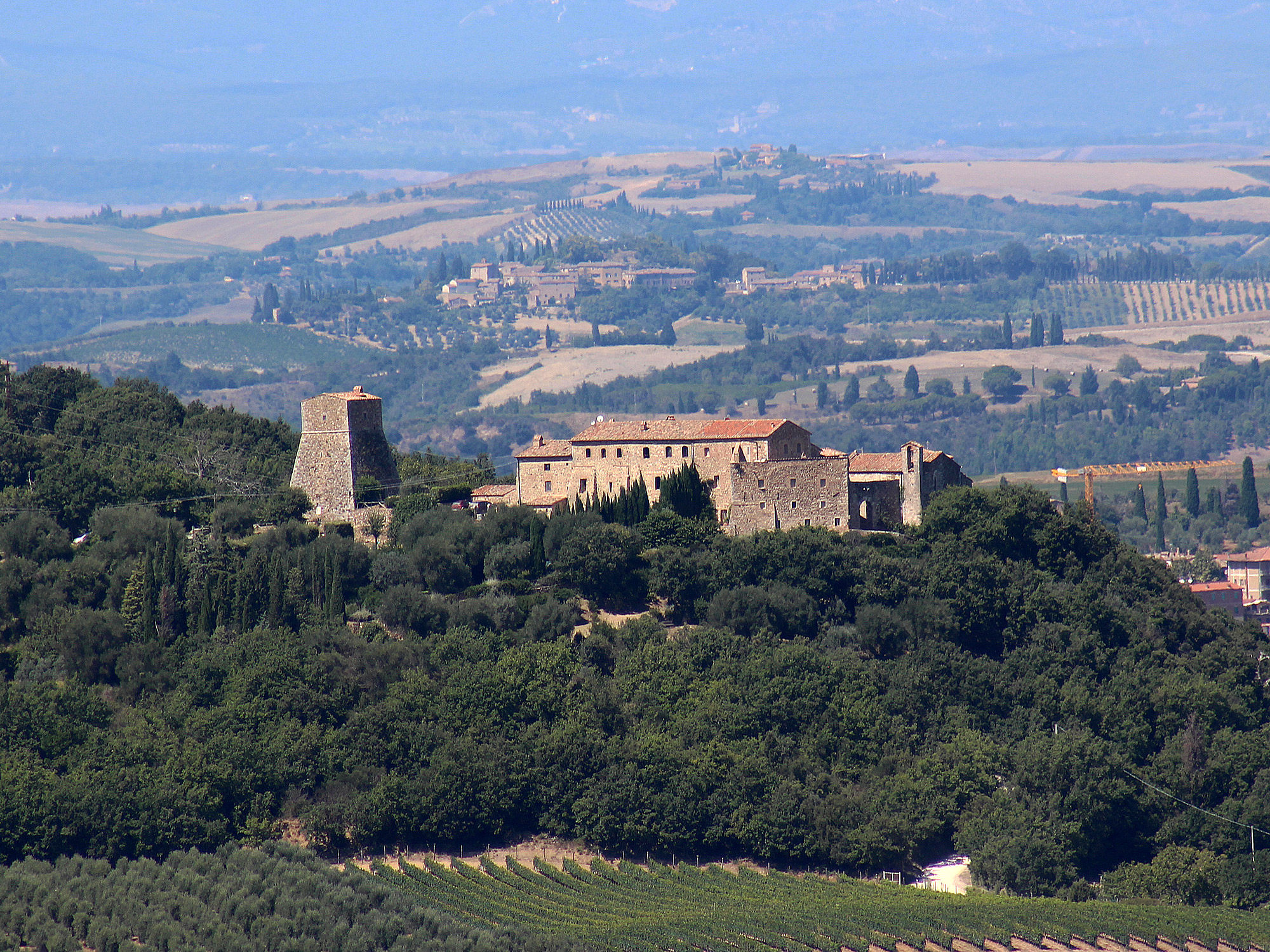
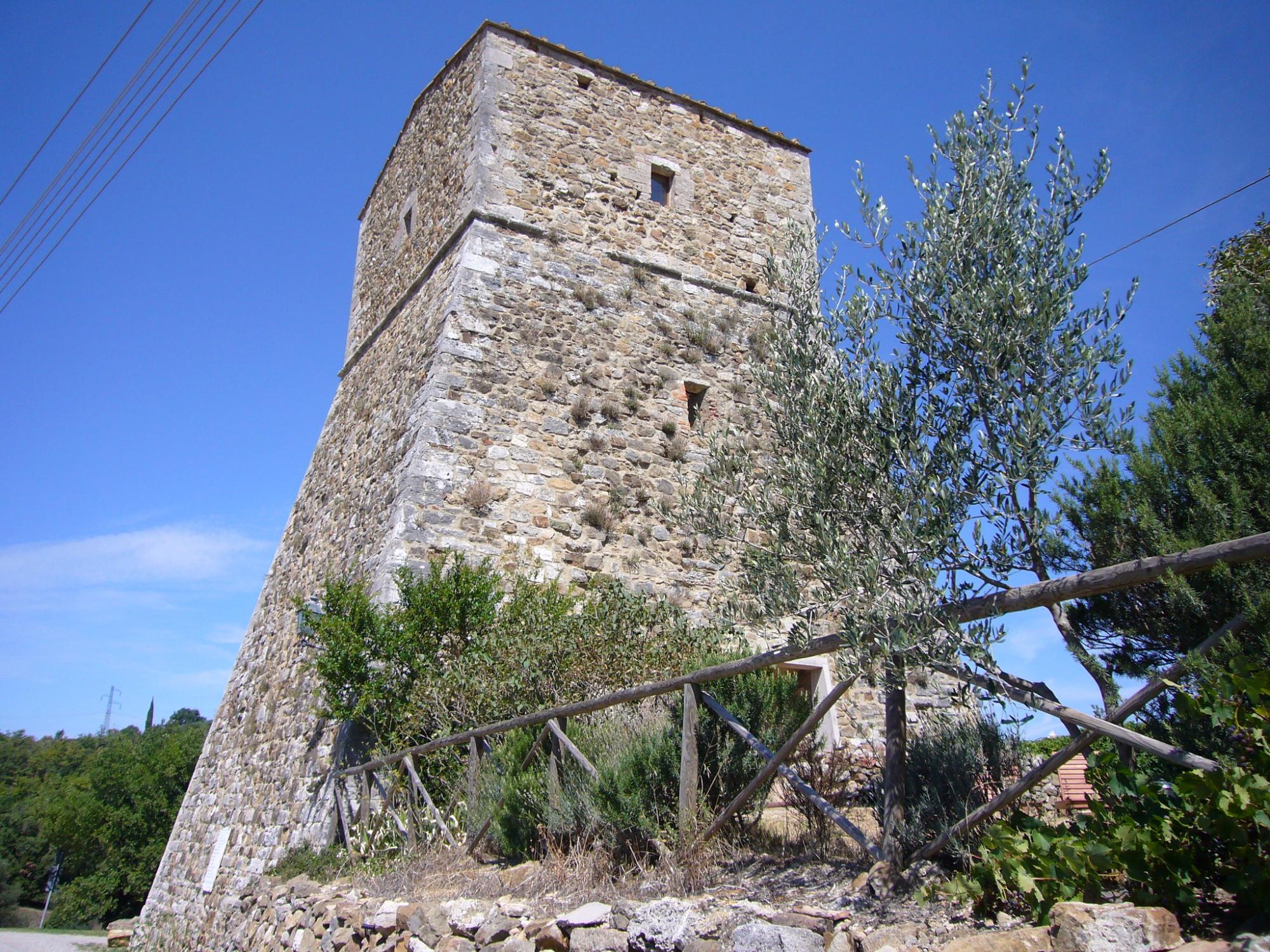
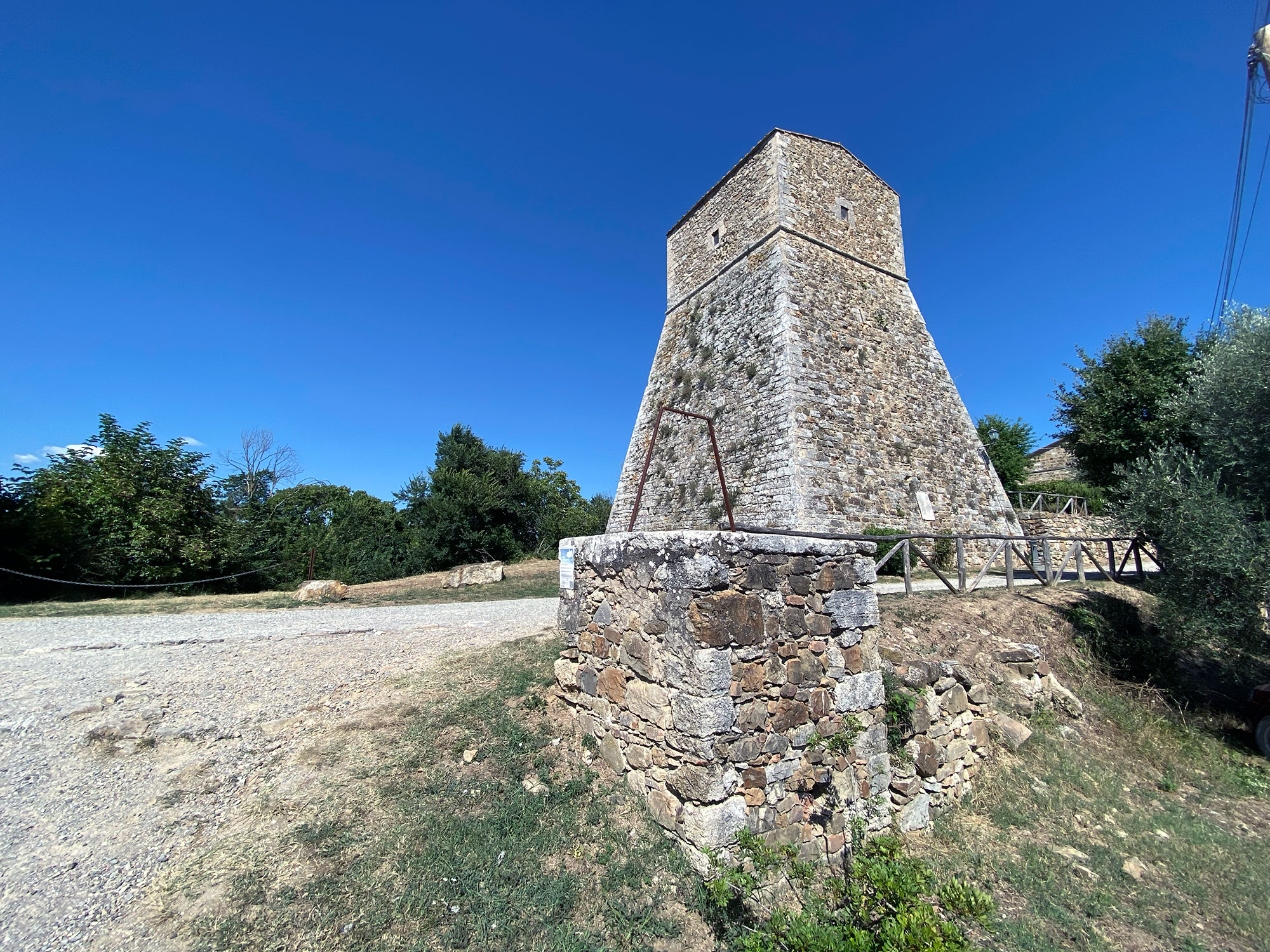
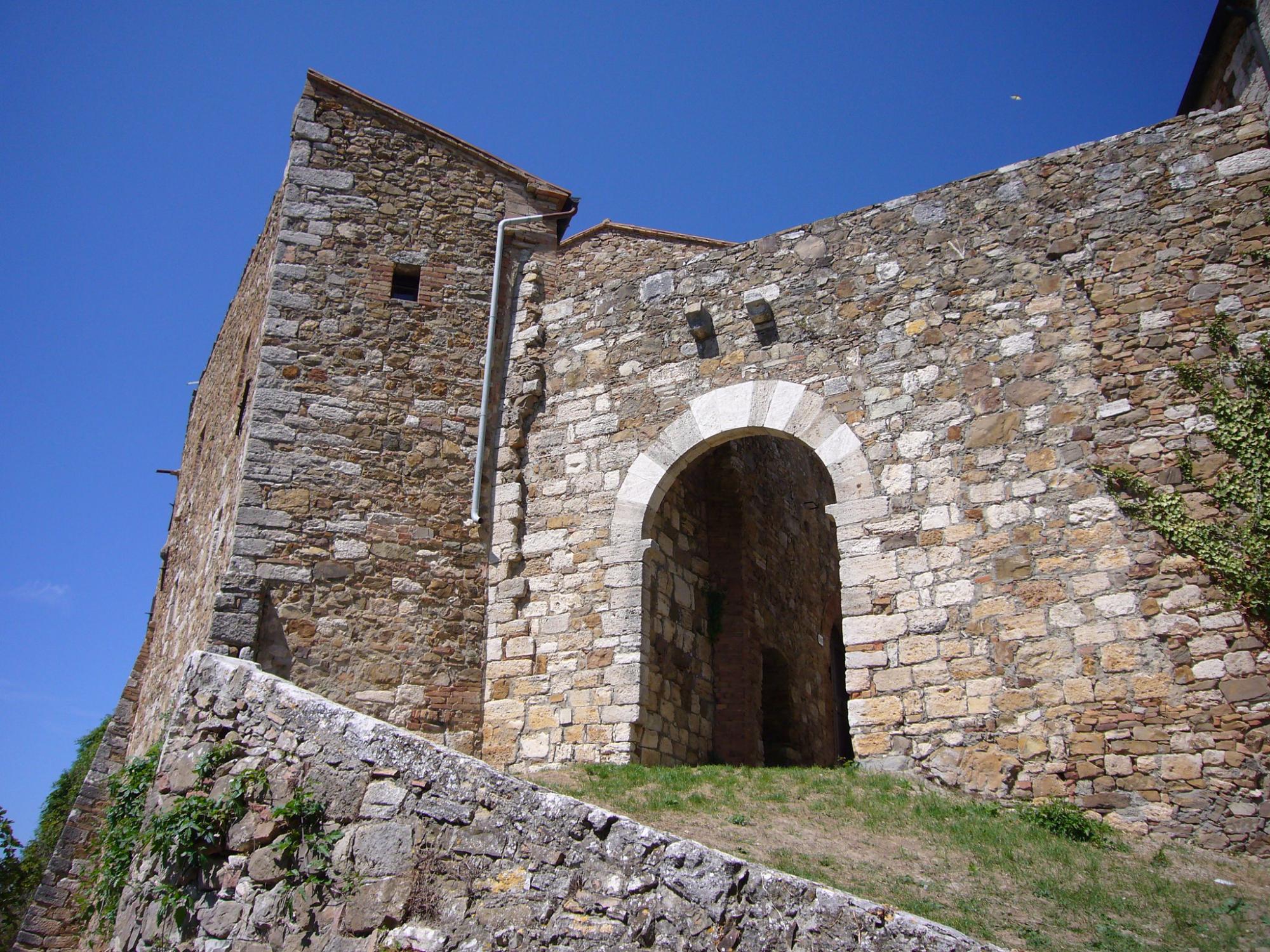
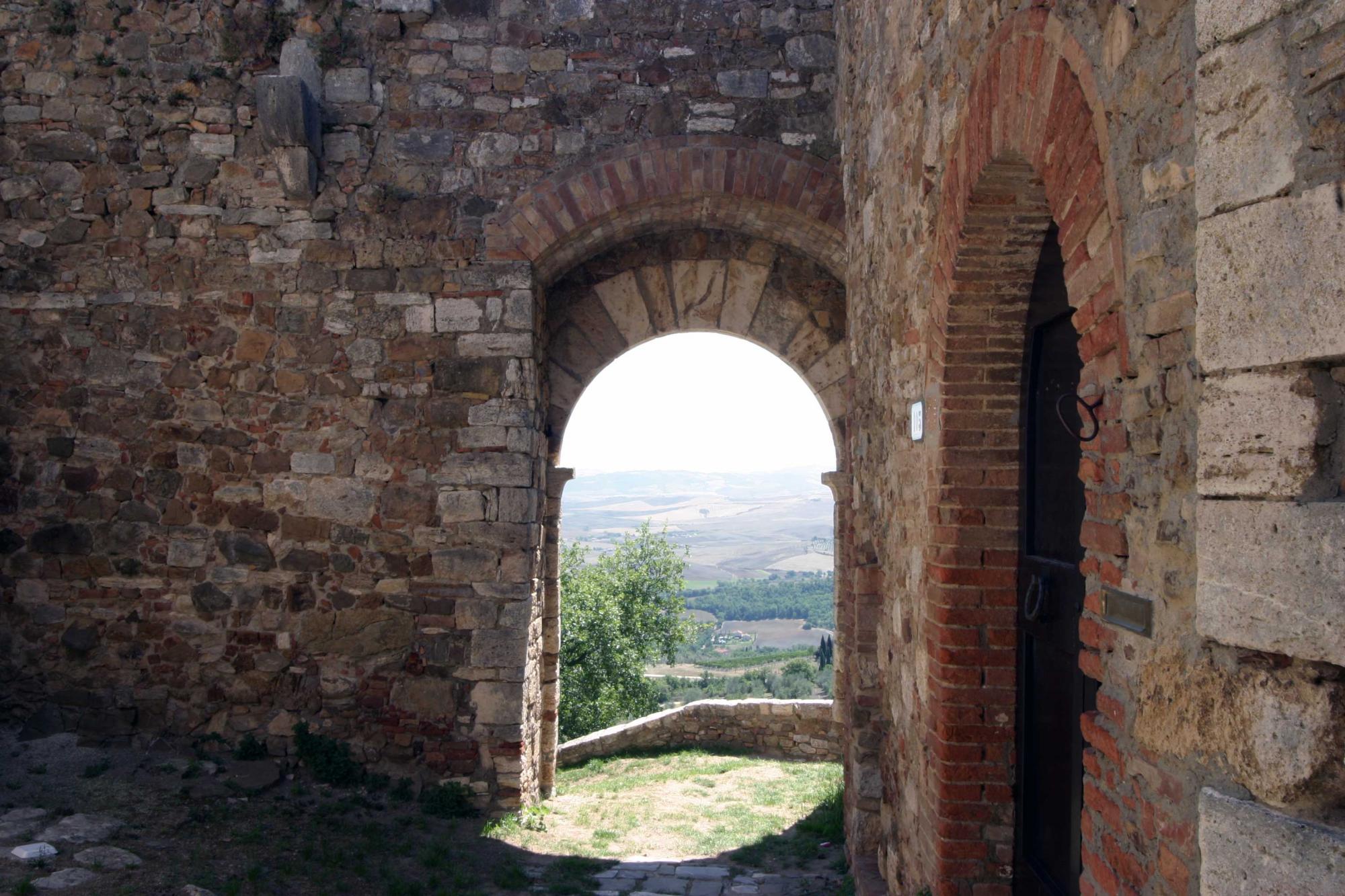
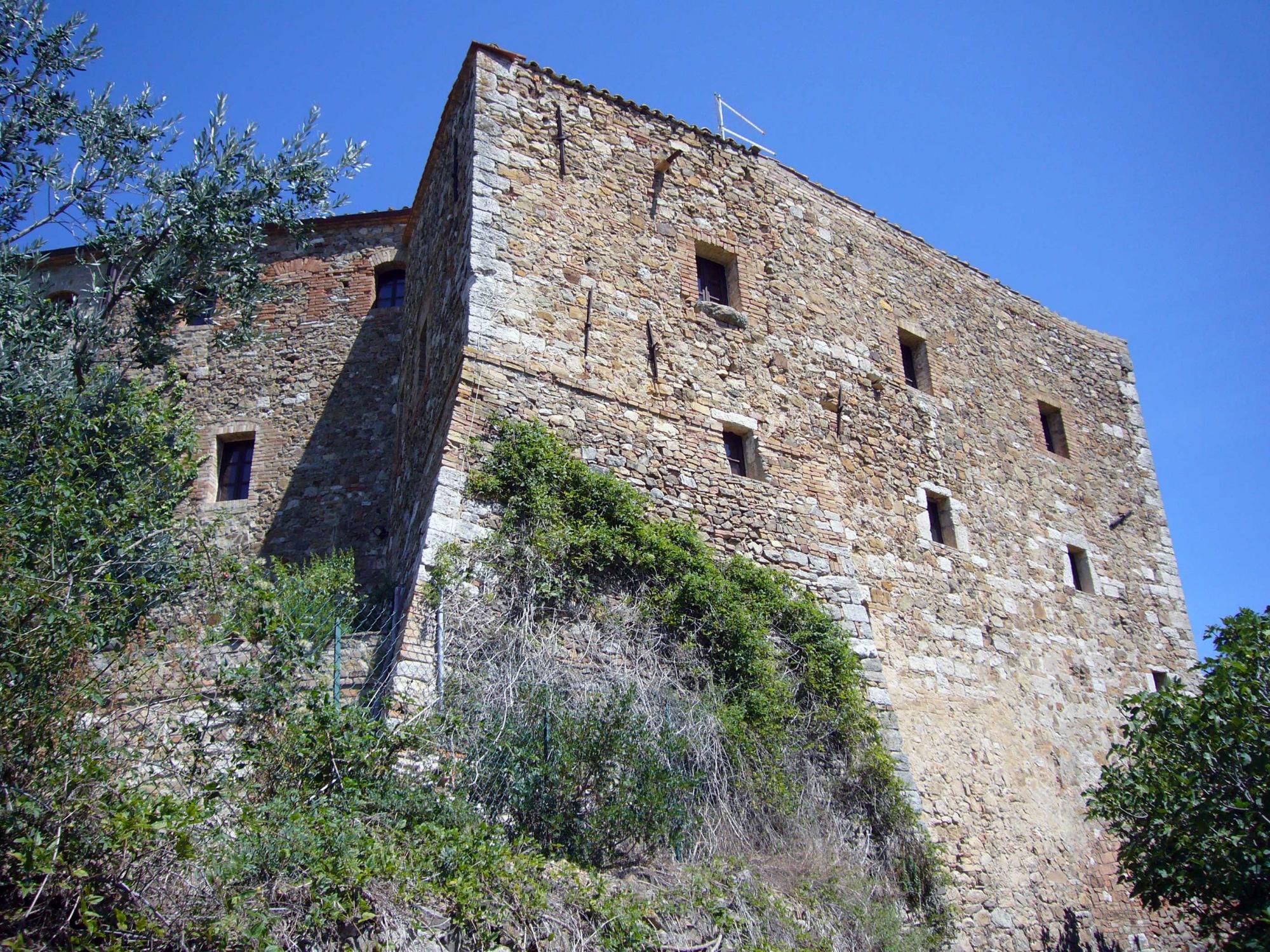
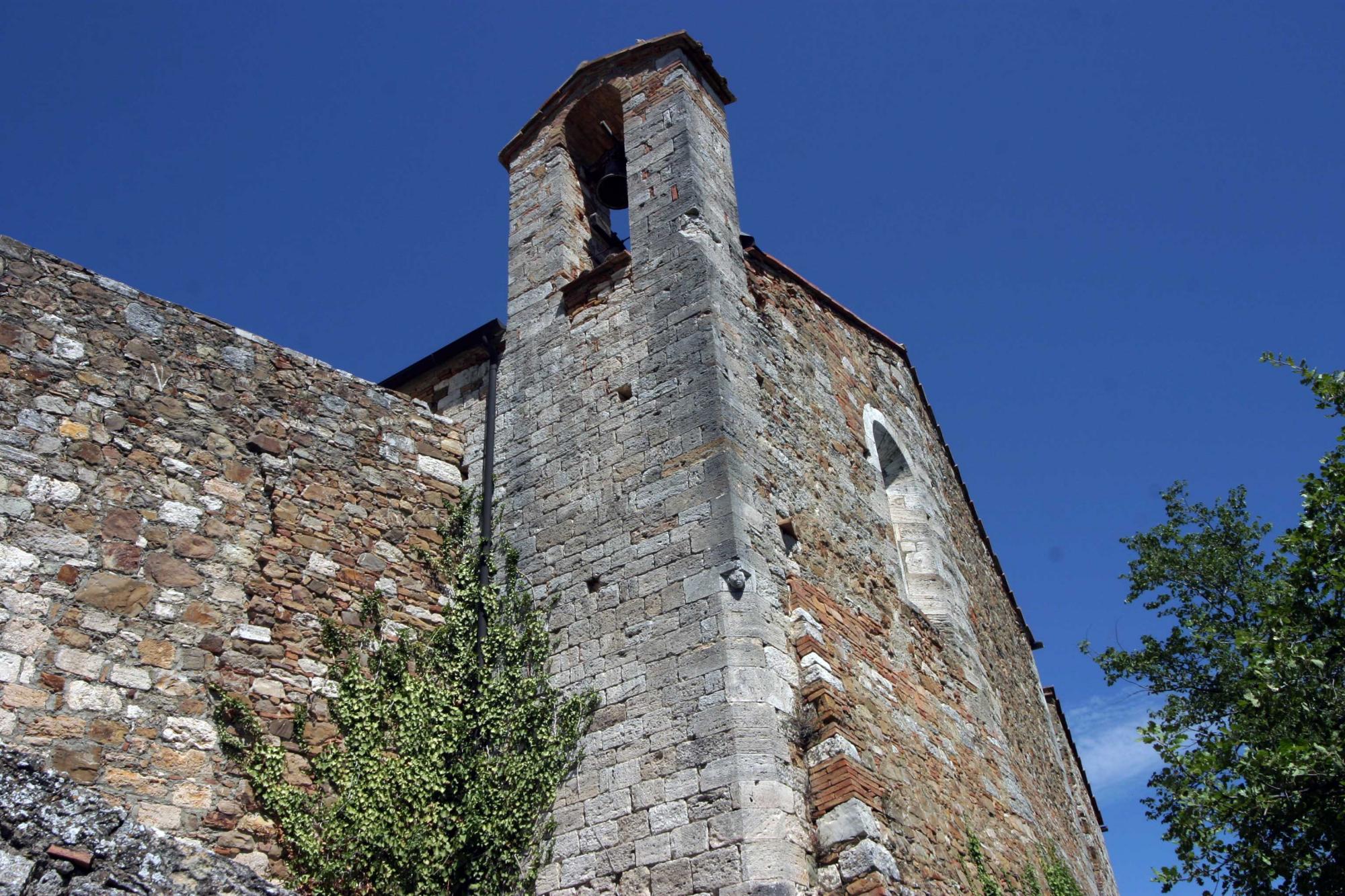
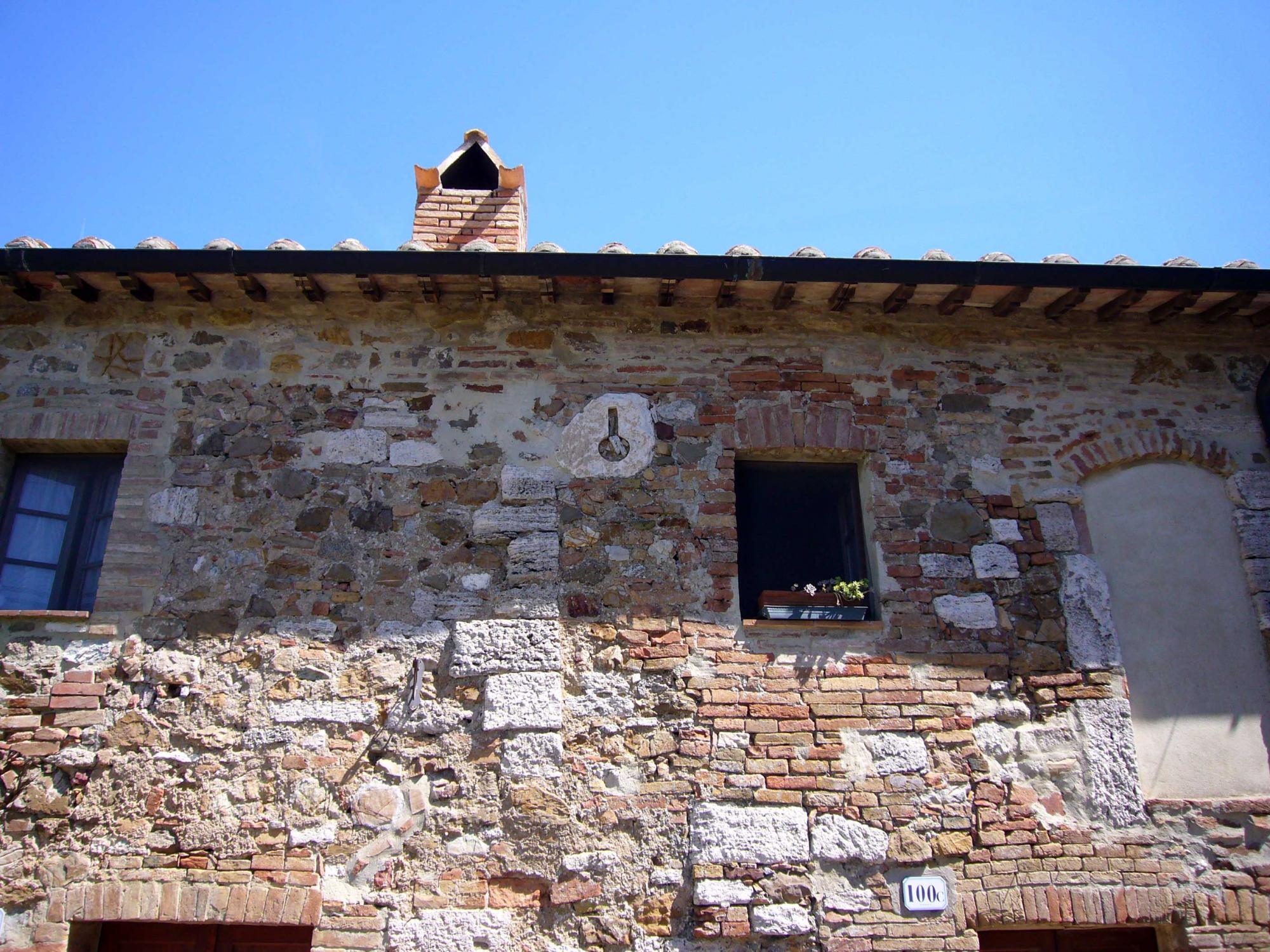








How to reach
Vignoni rises upon the inhabited area of Bagno Vignoni, it is reachable following the indication from San Quirico d'Orcia.
History
During the eleventh century, this castle belonged to the S.Antimo Abbey and in the first half of the twelfth century, it became a possession of the local feudal family of the Tignosi of Rocca D'Orcia. From the beginning of the 1200's, the rulers of the near and powerful city of Siena made demands on the castle, so much so that in 1207, Vignoni was included in the list of properties that were obliged to pay additional taxes.
However, throughout the thirteenth and fourteenth centuries, Vignoni Castle, together with the nearby Bagno Vignoni, still managed to escape the control of Siena by changing hands from the Tignosi to the Salimbeni family, the owners of the Rocca of Tentennano located on the opposite side of the valley.
In the present-day village is still visible a high tower, formerly the keep, reduced in height with high scarped base and surmounted by a 'redondone' (drip-stone) to delimit its vertical feature and small window on each side. Inside the walled circuit is the San Biagio church, of Romanesque origin, the single nave inside was modified but it keeps fragments of 14th and 15th century frescoes.
A christening font dating 1585 and a bronze 'Crucifix' by Giambologna are nowadays kept in the Collegiata di San Quirico d'Orcia and in the Museum of Montalcino. Beside the church, we can still notice one of the two town gates. From here, the view of the underlying Orcia Valley is spectacular; on the right of the gate, it is possible to admire the best preserved part of the town walls, with an angle tower, and on the left, the bell tower of the S.Biagio church. However, Vignoni is one of the most well preserved Tuscan fortified hill hamlets and a walk through its tight alleys can bring back the visitor directly in the Middle Age.